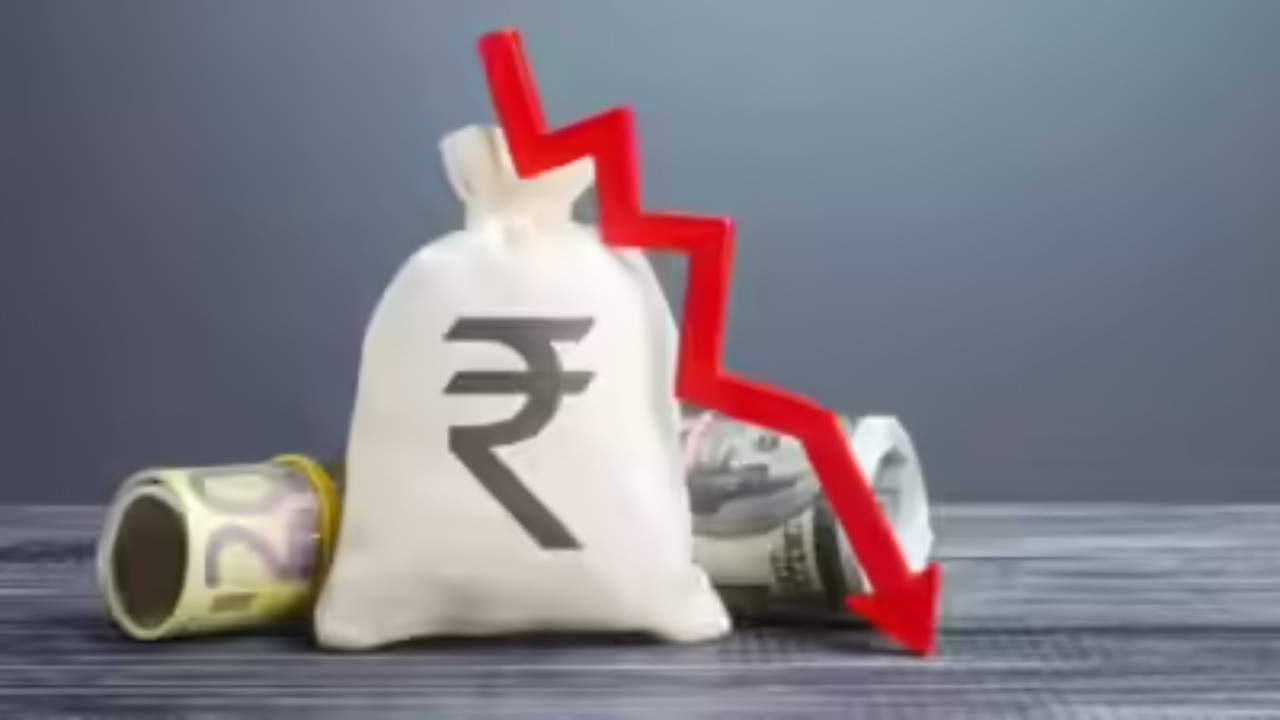Navigating the Forex Seas: Understanding the Rupee’s Recent Dip
The Indian Rupee has been on a bit of a rollercoaster lately, hasn’t it? It seems like every time we check the exchange rates, there’s a slight tremor, a little dip. Recently, the Rupee nudged closer to its all-time low, slipping 7 paise to settle at 88.80 against the US dollar. But what’s actually fueling this movement in the forex markets? Let’s unpack the key factors.
The Dollar’s Dominance and its Impact on the Rupee
The US Dollar, often considered the world’s reserve currency, continues to exert a powerful influence globally. When the dollar strengthens, it often puts pressure on other currencies, including the Indian Rupee. Several intertwined reasons contribute to the dollar’s strength. Investor sentiment, often driven by expectations of US economic growth, plays a significant role. When investors are optimistic about the US economy, they tend to flock to dollar-denominated assets, increasing demand and pushing its value higher. This, in turn, can trigger a depreciation of currencies like the Rupee.
But the influence goes beyond just investor feelings. U.S. government policies can also have a direct effect. For example, import tariffs can impact the dollar’s strength. When the US imposes tariffs on imported goods, it can lead to a decrease in imports and an increase in domestic production, potentially strengthening the dollar.
<img src="image-url.jpg" alt="Graph showing the recent weakening of the Indian Rupee against the US Dollar.”/>
US Tariffs and the Forex Effect
While the specifics surrounding any direct impact from the U.S. tariffs mentioned in the original report need deeper examination (as specific, current tariffs aren’t explicitly detailed), understanding the general principle is crucial. Tariffs essentially make imported goods more expensive, encouraging domestic consumption. A shift towards domestic goods reduces reliance on foreign currency, potentially leading to an appreciation of the dollar. If a country like the US, a significant trading partner with India, increases tariffs, it affects trade dynamics and can indirectly weaken the Rupee. These policies ripple through the global economy, and their effects are often complex and intertwined.
The H-1B Visa Fee Hike: A Subtle Influence
Another factor influencing the Rupee‘s value, as suggested by the news, is the hike in H-1B visa fees. While it might seem tangential, increased visa fees impact Indian companies that rely on the H-1B visa program to send skilled workers to the US. Higher costs translate to increased operational expenses for these companies. They need to convert more Rupees into dollars to pay the increased fees, putting downward pressure on the Indian currency. This increased demand for dollars, even if a smaller amount compared to trade flows, contributes to the overall depreciation trend.
The H-1B visa program allows US companies to temporarily employ foreign workers in specialized occupations. These roles often require theoretical or technical expertise. Because India has a large pool of qualified IT professionals, a significant number of H-1B visas are issued to Indian citizens.
Beyond the Headlines: Other Factors at Play
It’s also crucial to remember that the Rupee’s exchange rate isn’t solely determined by US-centric factors. India’s own economic performance, its trade balance, and foreign investment flows all play a crucial role. If India’s economy is growing strongly and attracting foreign investment, this can offset some of the negative pressure from a strong dollar. Conversely, if India is experiencing economic challenges or a widening trade deficit, it can further weaken the Rupee. To truly understand the nuances, we need to look at the whole picture, combining both domestic and global influences. You can read more about the Indian economy and its factors here.
Navigating the Fluctuations: What Does It All Mean?
So, what does this fluctuating Rupee mean for the average person and businesses? For individuals, a weaker Rupee can translate to higher import costs, potentially affecting the prices of goods and services. For businesses, it can impact export competitiveness (making Indian exports cheaper) and the cost of imported raw materials. For investors, it highlights the importance of diversification and managing currency risk.
Understanding the forces at play in the forex market, even at a high level, helps us make more informed decisions and better navigate the ever-changing economic landscape. The Rupee‘s recent movements serve as a reminder of the interconnectedness of the global economy and the importance of staying informed. Ultimately, while short-term fluctuations are inevitable, long-term economic stability and sound policy decisions are crucial for ensuring the Rupee’s strength and resilience.







